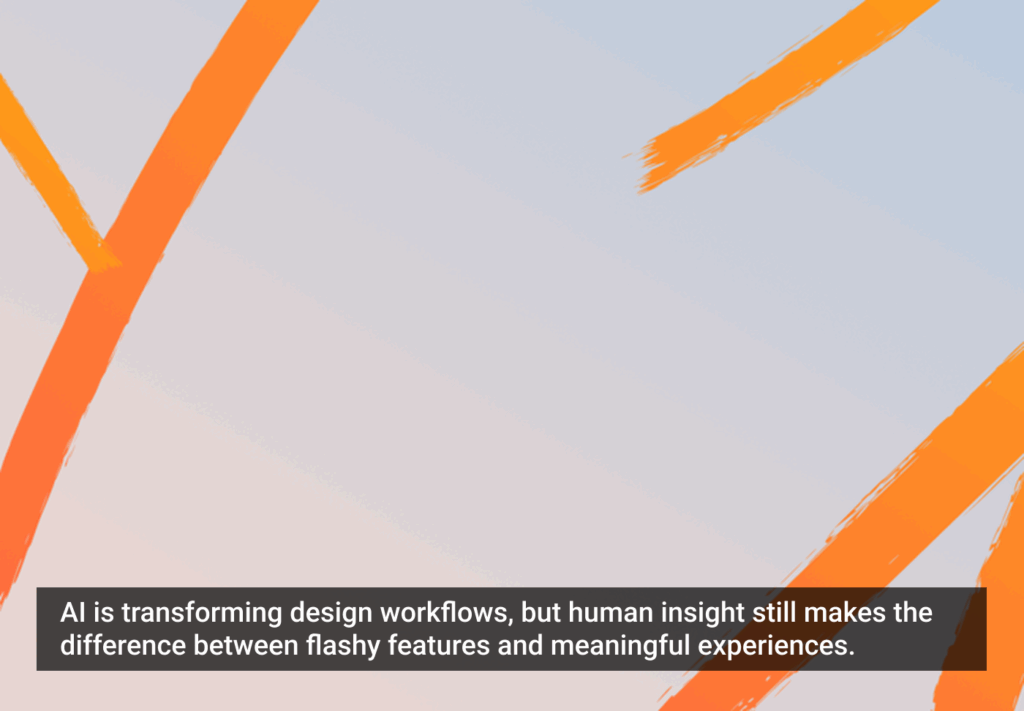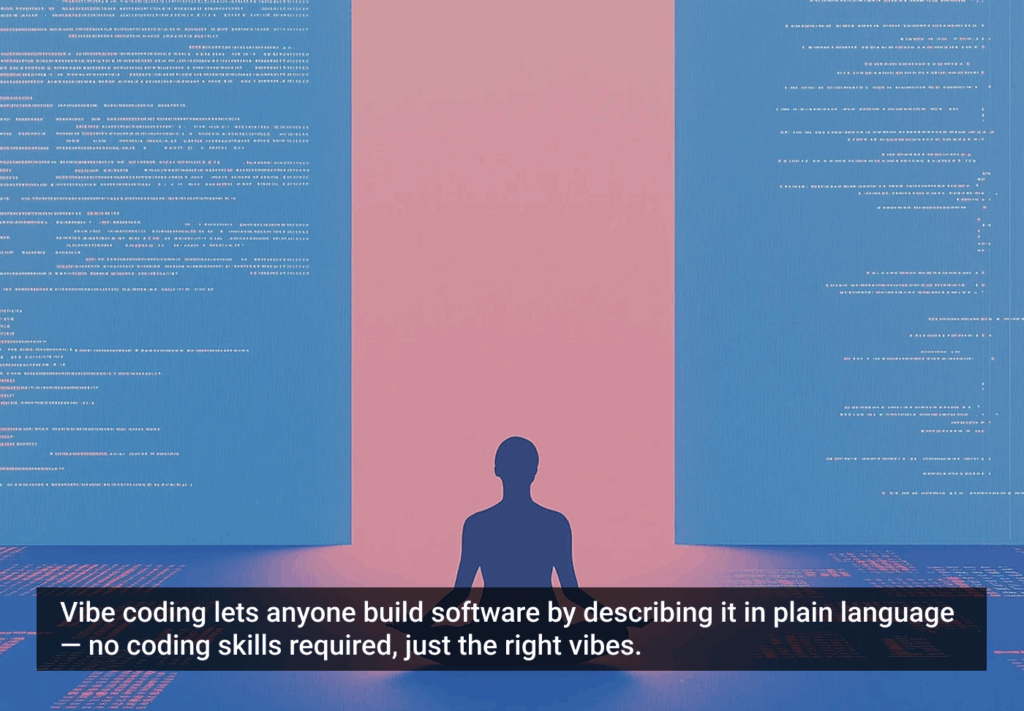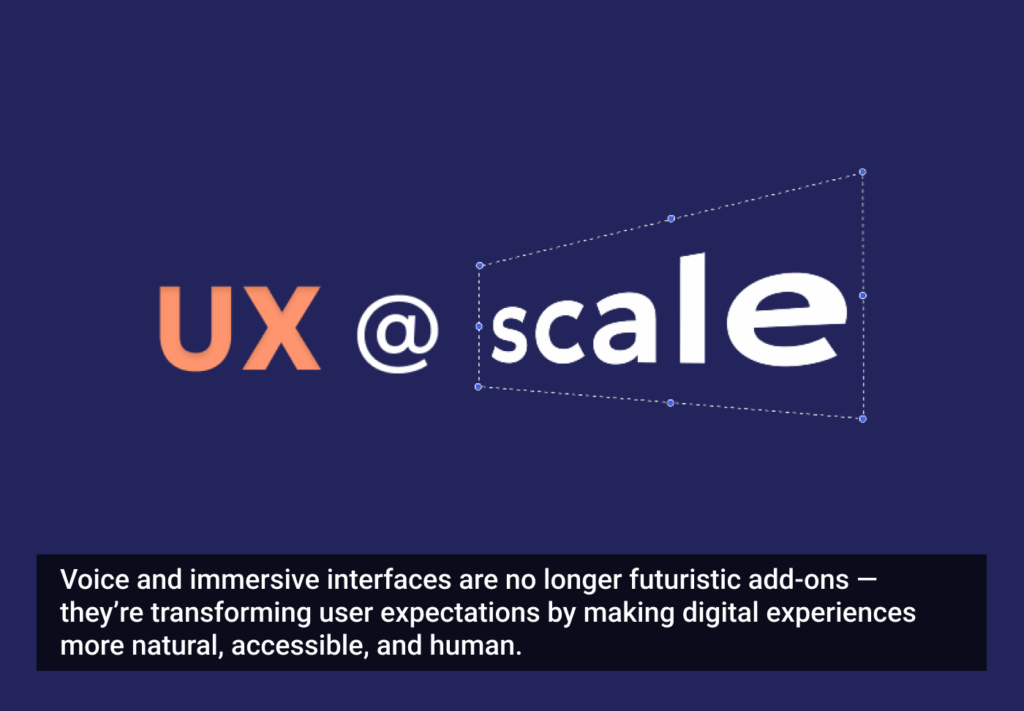I am a mental health counselor re-careering into the field of UX design. Re-careering during the apocalypse, great idea, Jeremy!
I chose to change careers because I wanted a more creatively and collaboratively fulfilling career. Being a mental health counselor is exciting and rewarding but it can also be lonely and taxing.
My desire to be a UX designer stems partly from my time as a therapist helping my clients learn to meditate via the use of apps like Simple Habit and Balance.
I saw many skeptics and sufferers engage with well-designed meditation apps in my office. Good design made these people feel comfortable enough to learn and feel the calming and centering effects of mindful meditation. I was sold on good design.
As I’ve traversed the design bootcamp experience I’ve been thrilled to learn that my skills as a mental health counselor directly apply to really good user experience design.
Listening, listening and more listening
Listening is one of the most powerful tools a therapist has at their disposal. The act of skilled listening can be psychologically healing for a person who has never been given the space to be thoughtfully heard. Listening is just that powerful.
Designers, like therapists, are “people of the ear.” The design process, I am learning, is a collection of opportunities to listen: user interviews, design critique, usability testing, seeking out tried and true design patterns, etc… If you’re a good listener, you can be a great designer.
User feelings lead to user needs
My personal therapy hero is the late Dr. Marshall Rosenberg. Dr. Rosenberg was obsessed with effective communication. He created an entire model of communication to help individuals, couples and groups communicate well through challenging circumstances.
Dr. Rosenberg believed that the wide variety of emotions we experience as human beings aren’t terminal in and of themselves. Rosenberg’s model states that our emotions lead us somewhere: to our needs.
As a user experience designer I have found that it is my job to quickly and comprehensively understand the needs of the people I am working for: a stakeholders need for specific feature sets, a user’s need for a simpler interface, etc…
Storytelling is the bridge
Humans are storytelling creatures and storytelling in a therapeutic setting is essential. Hurting people often need to be able to share their experiences with therapists acting as guides who gently pull out details and context from their stories.
Provoking a stakeholder or a user into telling a story about their experience around a certain topic is, in my opinion, the most efficient way to understand their feelings around a certain topic and thus to their greatest needs.
If you can find a user or client’s needs you can then design an effective solution. And this in the end is the heart of good user experience design.
— — —
I am excited to be able to walk down this new career path of UX design because my training as a mental health counselor has well-suited me to be able to create products that will positively affect the lives of those who use them.
But you don’t need to have a masters degree in counseling to be able to design like a therapist. Get people to tell stories and really listen. They will deliver to you exactly what you need to know to make awesome things.








